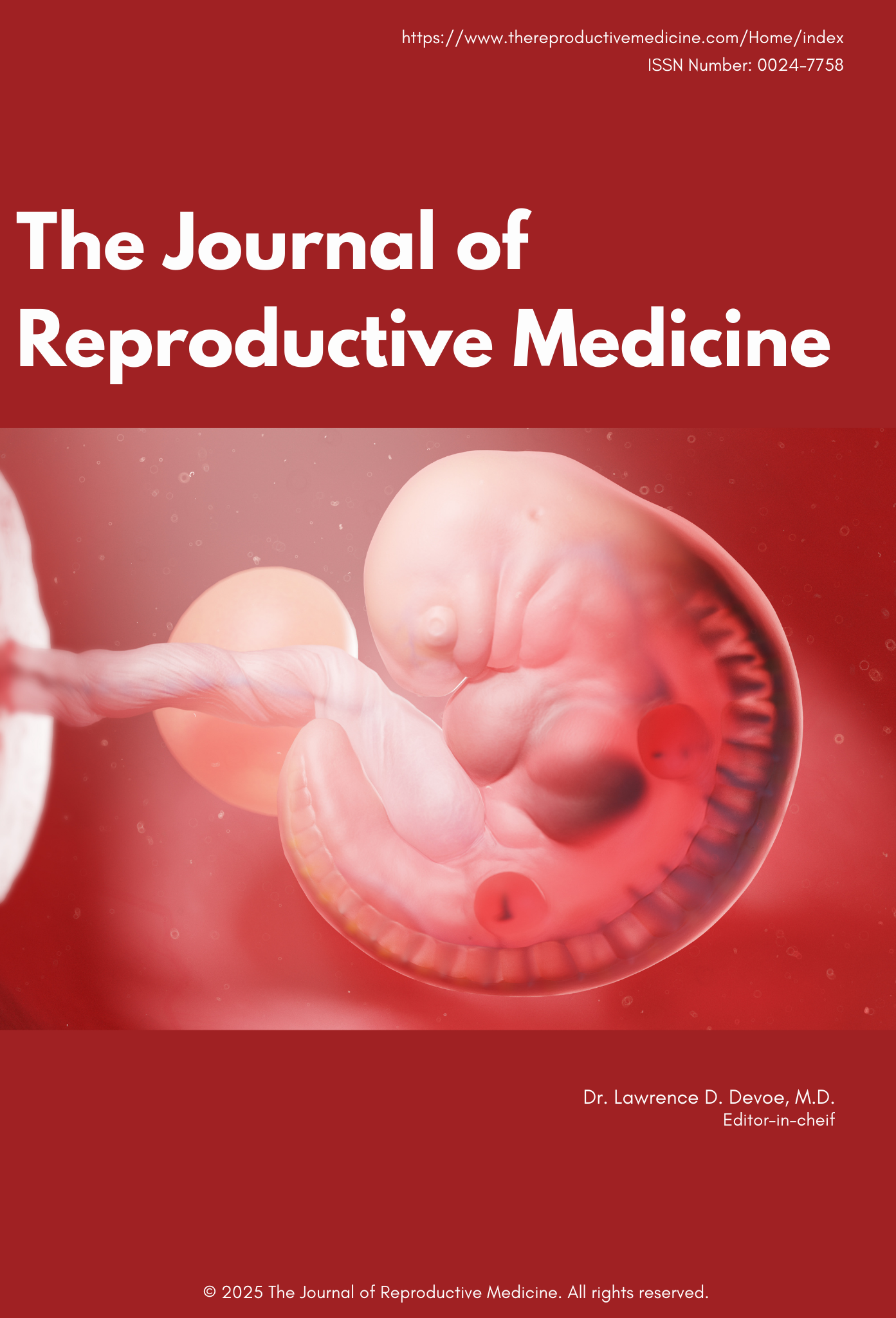Volume 41, Number 5, May1996
MASTHEAD
MASTHEAD
CONTACT US
CONTACT US
�
TABLE OF CONTENTS
TABLE OF CONTENTS
FOR THE RECORD
FOR THE RECORD
EDITORIAL
EDITORIAL
FEATURE ARTICLE
FEATURE ARTICLE
LETTERS TO THE EDITORS
LETTERS TO THE EDITORS
INDICES
INDICES
�
AIMS AND SCOPE
AIMS AND SCOPE
PEER REVIEW PROCESS
PEER REVIEW PROCESS
POLICIES
POLICIES
SUBMIT MANUSCRIPT ONLINE
SUBMIT MANUSCRIPT ONLINE
BECOME A REVIEWER
BECOME A REVIEWER
CLASSIFIEDS
CLASSIFIEDS
ADVERTISE
ADVERTISE
LINKS TO RELATED SITES
LINKS TO RELATED SITES
�
SUBSCRIBE TO JRM
SUBSCRIBE TO JRM
LOG IN
LOG IN
�






